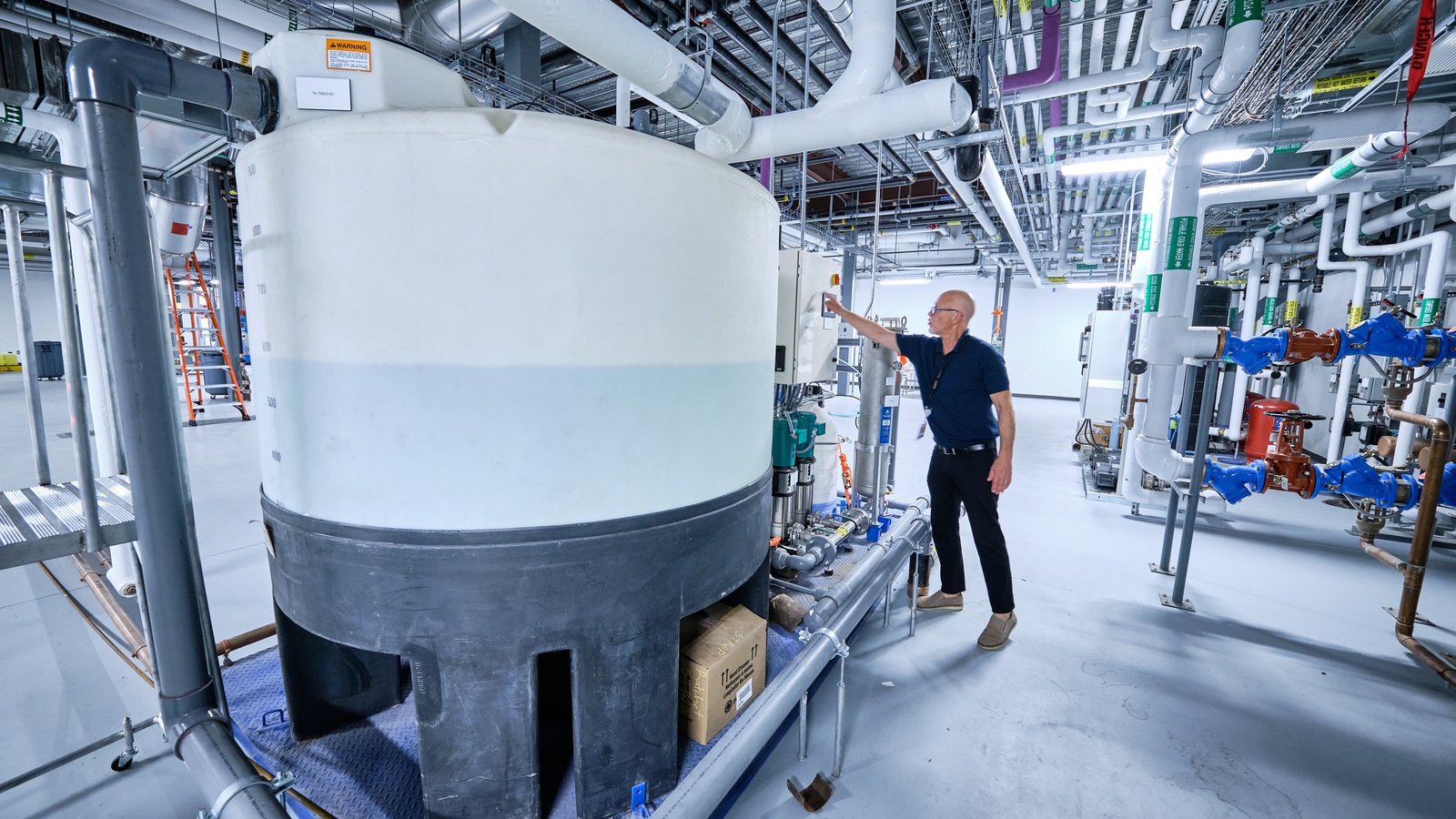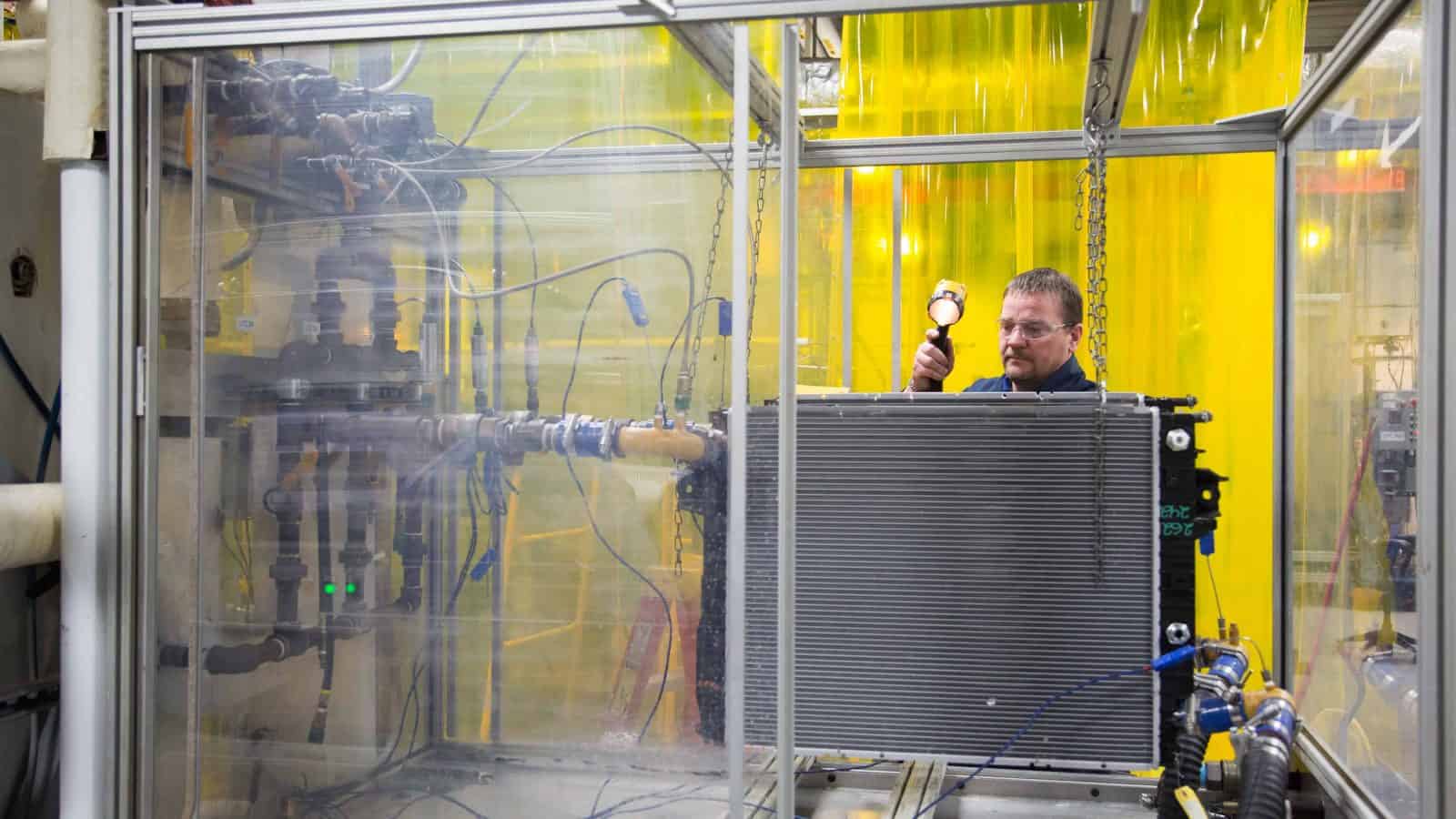Committing to Net-Zero Emissions: Thermo Fisher Takes Action

Thermo Fisher Scientific of Waltham, Massachusetts, has made a big commitment to the environment, as well as to its customers and partners: to achieve net-zero emissions across its entire value chain by 2050.
By 2026, thanks to virtual power purchase agreements, all of the company’s current U.S. sites will be running on 100% renewable electricity.
And that’s not all. Last December, Thermo Fisher, a global life sciences leader, announced its intention to slash Scope 1 and 2 emissions—those generated directly by the company and by energy the company has purchased, respectively—by more than 50% by 2030 (from a 2018 baseline). At the end of 2022, the company had already cut emissions by 25%, putting it ahead of schedule.
Environmental sustainability: Thermo Fisher signed on to the Business Ambition for 1.5˚C campaign, which urges companies to reduce emissions sufficiently to cap the global temperature increase at 1.5 degrees Celsius. The campaign is led by the Science Based Targets initiative—the leading global standard setter for private companies’ climate goals—in partnership with the United Nations Global Compact and the We Mean Business Coalition.
- To reach that goal, global emissions must be halved before 2030, and the world must get to net-zero emissions before 2050, according to the SBTi.
- It’s a significant effort, but one Thermo Fisher—which is among the first companies in its industry to have its near- and long-term net-zero goals validated by the SBTi—is glad to take on.
- “Our commitment to the environment is deeply rooted in our mission to enable our customers to make the world healthier, cleaner and safer,” said Meron Mathias, vice president of Corporate Social Responsibility & Sustainability for Thermo Fisher Scientific. “By championing a healthy planet that sustains human health and natural resources, we can build a brighter future for generations to come.”
Making progress: While transitioning completely away from fossil fuels for its operations would require “clean energy technologies that aren’t yet available,” Mathias said the company has made significant recent strides in decreasing its carbon footprint. In 2022 alone, Thermo Fisher:
- Transitioned 20 of its facilities across the globe to operate without the use of fossil fuels (defined as at least 99% of total energy consumed from renewable sources).
- Powered 150 of its sites worldwide solely with renewables.
- Saw 13% of its suppliers (by spend, an industry metric) set a science-based target and another 10% commit to set a science-based target.
Key drivers of this progress include:
- Signing contracts to add 900,000 megawatt hours of renewable electricity to the electrical grid through power purchasing agreements (roughly the amount of electricity needed to power 82,000 average modern homes for a year).
- Purchasing enough wind and solar electricity to fuel all current U.S. sites by 2026, via virtual power purchasing agreements.
- Setting a Scope 3 emissions target to have 90% of its suppliers by spend set science-based targets by 2027.
All hands on deck: Thermo Fisher is also accelerating progress toward its sustainability goals in large part thanks to the company’s Practical Process Improvement Business System, according to Mathias.
- “A lot of our early wins in environmental sustainability have been through PPI,” she said. “For example, somebody seeing waste in the system, or identifying an opportunity to tweak something to make it better for the environment and customers. Our teams are empowered to find a better way every day—for our customers, our business and our planet.”
